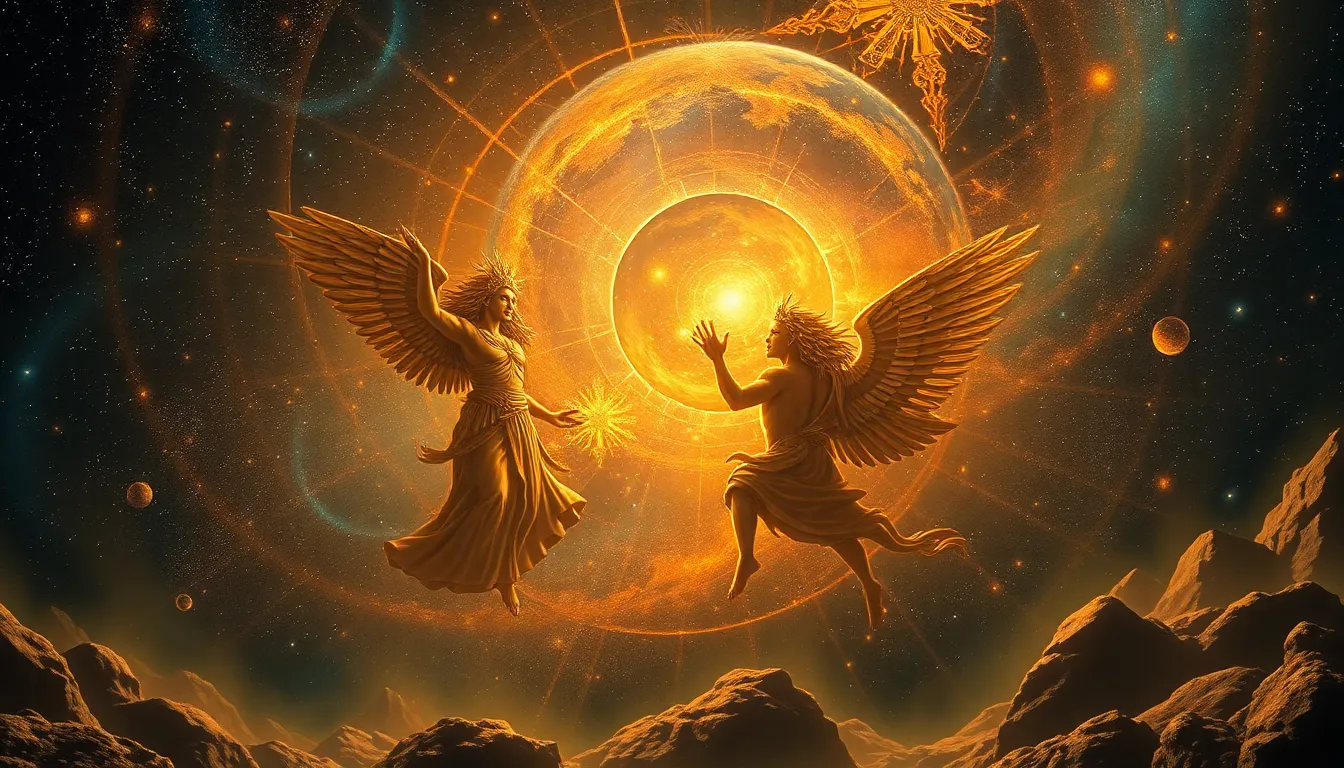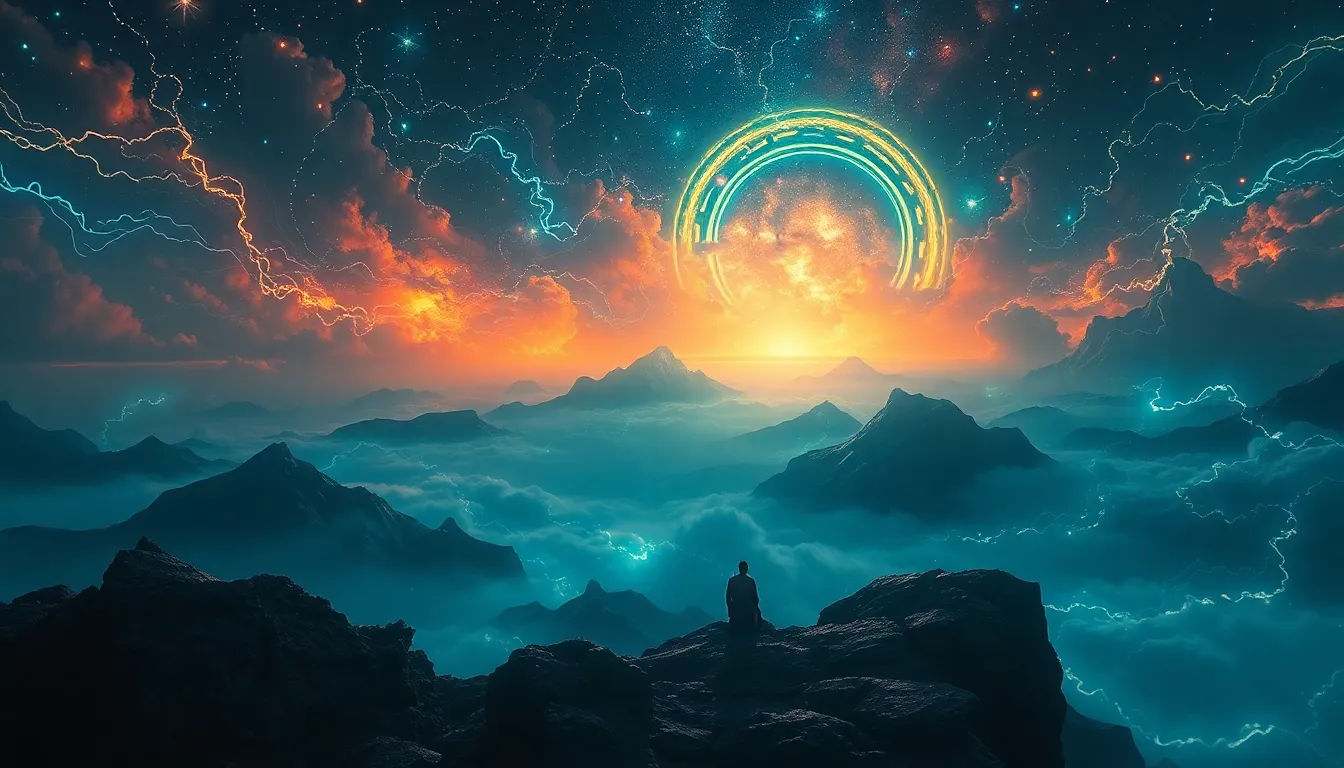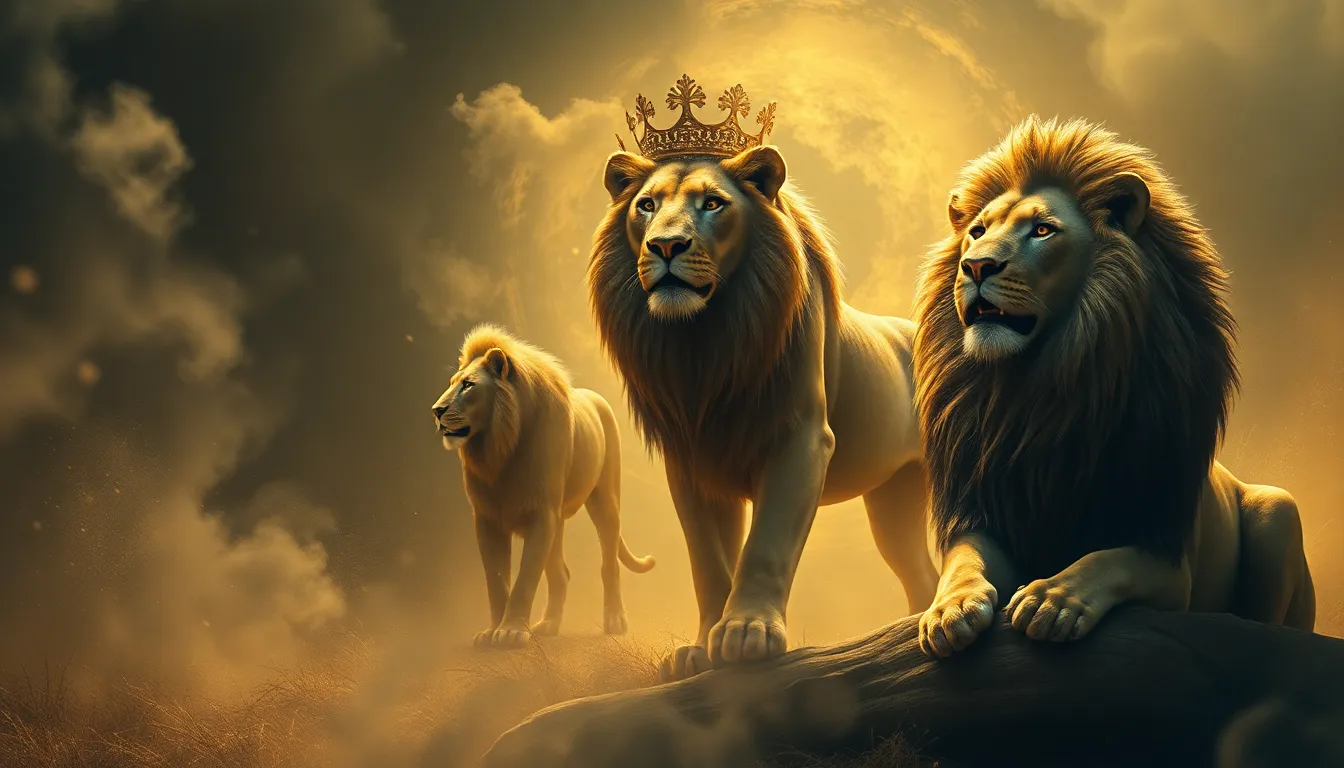The Myth of the Jade Rabbit in Chinese Folklore
Chinese folklore holds a vibrant tapestry of tales, and among them, the myth of the Jade Rabbit shines with ethereal charm. This mythical creature, interwoven with the celestial tapestry of the moon, has captivated the imaginations of generations. Its origins trace back to ancient legends, where celestial bodies danced in a cosmic ballet, and mortal lives intertwined with divine forces.
Origins of the Myth
The myth of the Jade Rabbit emerged from the depths of time, its roots tangled within the celestial tapestry. Ancient Chinese philosophers gazed upon the moon's tranquil glow, perceiving a silhouette that resembled a
Cultural Significance of the Jade Rabbit
The Jade Rabbit has become an intrinsic part of Chinese culture, symbolizing luck, prosperity, and the cyclical nature of life. Its presence graces traditional art forms, including paintings, sculptures, and paper-cutting. During the Mid-Autumn Festival, families gather to share mooncakes adorned with the rabbit's likeness. The festival celebrates the myth of Chang'e and Hou Yi, a tale of love, sacrifice, and the triumph of good over evil.
Depictions of the Jade Rabbit in Art and Literature
Chinese artists have captured the Jade Rabbit's essence in various art forms. Paintings depict the rabbit amidst celestial landscapes, grinding herbs or gazing at the moon with a wistful expression. In literature, the rabbit appears as a wise and benevolent figure, offering guidance and assistance to mortals. These depictions have immortalized the rabbit's role in Chinese mythology and culture.
Modern Interpretations of the Myth
Contemporary artists and writers have reimagined the myth of the Jade Rabbit, exploring its themes and symbolism in new ways. In modern art, the rabbit is depicted with a futuristic flair or a whimsical touch, reflecting the evolving nature of Chinese culture. Literature incorporates the myth into science fiction and fantasy stories, inviting readers to contemplate the intersection of the ancient and the modern.
Comparison to Other Lunar Myths
The myth of the Jade Rabbit is not isolated but shares similarities with lunar myths from other cultures worldwide. Parallels can be drawn with the ancient Egyptian belief of the moon god Khnum, who was depicted as a ram-headed figure. In Aztec mythology, the moon goddess Coyolxauhqui was associated with rabbits, further highlighting the enduring fascination with the lunar connection to these creatures.
Conclusion
The Jade Rabbit remains a captivating figure in Chinese folklore, its legend captivating generations with its blend of mythology, symbolism, and cultural significance. As the moon rises, casting its silvery glow upon the night, the Jade Rabbit stands as a testament to the enduring power of human imagination and the boundless realm of myth and magic. Its presence in art, literature, and tradition continues to inspire and enchant, ensuring its timeless place within Chinese culture.
FAQ
Q: What is the origin of the myth of the Jade Rabbit?
A: The myth of the Jade Rabbit originated in ancient Chinese legends, where celestial bodies were perceived as having human-like characteristics.
Q: What is the significance of the Jade Rabbit in Chinese culture?
A: The Jade Rabbit symbolizes luck, prosperity, and the cyclical nature of life. It is associated with the Mid-Autumn Festival and is often depicted in art and literature.
Q: How has the myth of the Jade Rabbit been reinterpreted in modern times?
A: Contemporary artists and writers have reimagined the myth of the Jade Rabbit, exploring its themes and symbolism in new ways, including futuristic and whimsical interpretations.
Q: Are there similar lunar myths in other cultures?
A: Yes, the myth of the Jade Rabbit shares similarities with lunar myths from other cultures, such as the Egyptian moon god Khnum and the Aztec moon goddess Coyolxauhqui.




